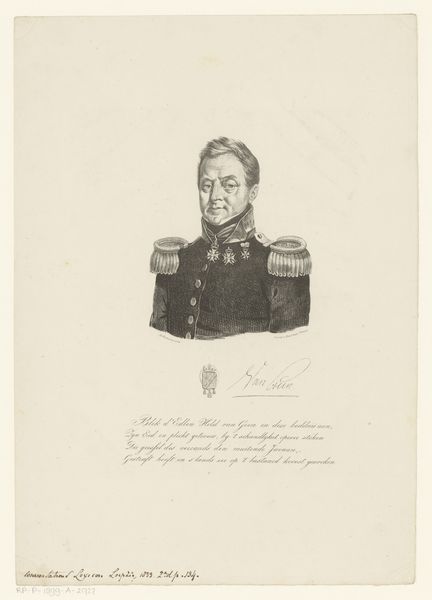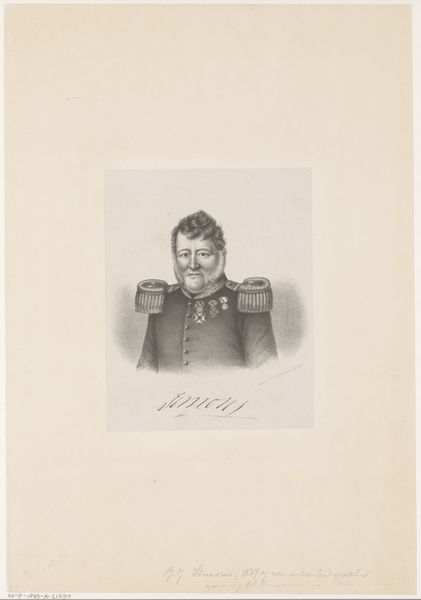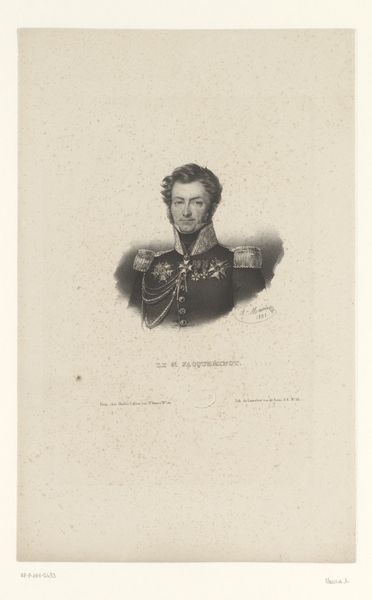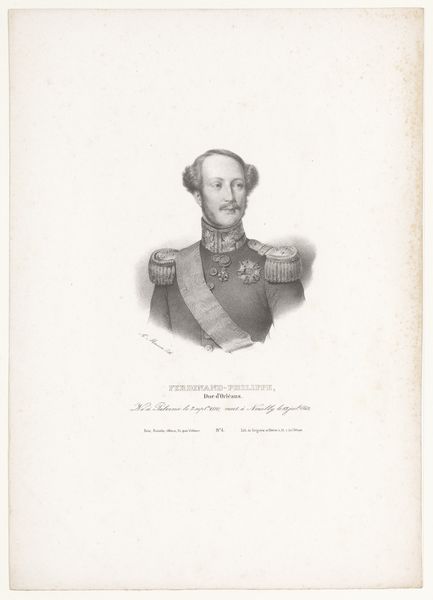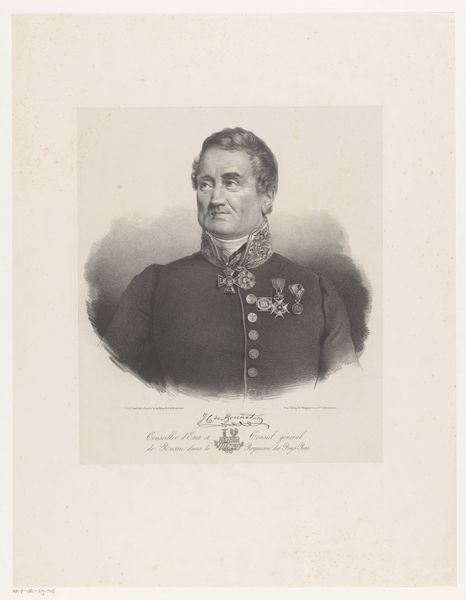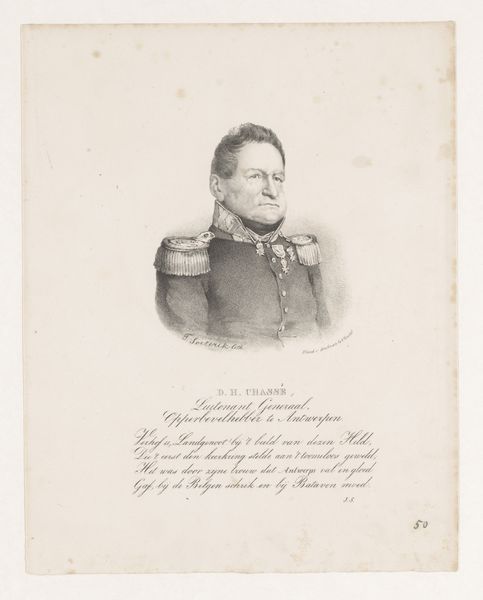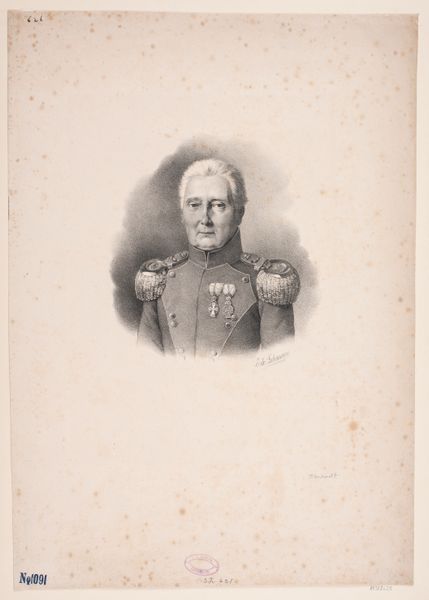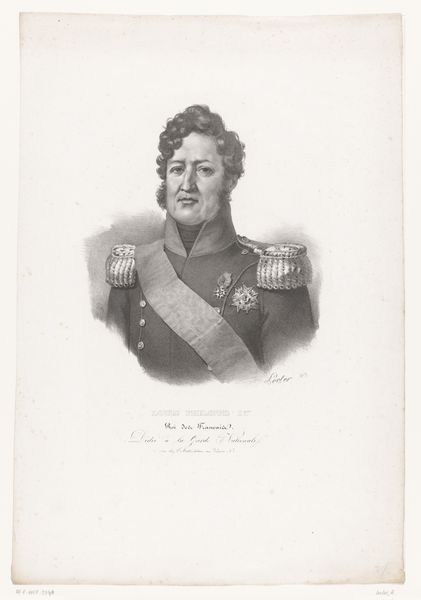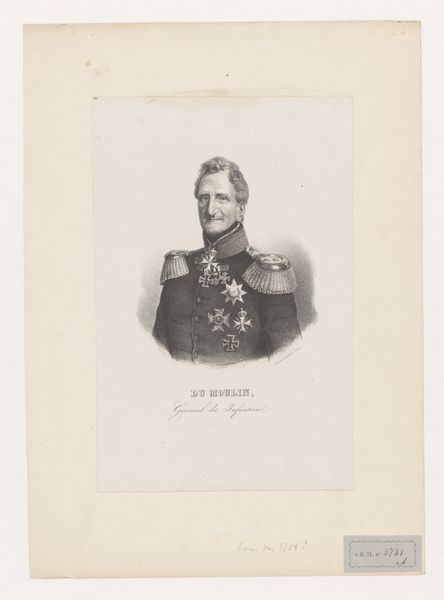
print, graphite, engraving
#
portrait
#
pencil drawn
#
neoclacissism
#
light pencil work
#
photo restoration
# print
#
pencil sketch
#
old engraving style
#
graphite
#
watercolour illustration
#
history-painting
#
engraving
Dimensions: height 340 mm, width 277 mm
Copyright: Rijks Museum: Open Domain
This print, made by Louis Henri de Fontenay in the 19th century, depicts Joseph Jacobus van Geen, using lithography, a relatively new process at the time. Lithography involves drawing with a greasy crayon onto a stone or metal plate, which is then chemically treated so that ink adheres only to the drawn areas. The printmaker then transfers the image to paper. This process allowed for more detailed and nuanced images than earlier printmaking techniques. Consider the implications of this shift. With lithography, images could be reproduced more quickly and cheaply, making them more accessible to a wider audience. This had a profound impact on the dissemination of information and ideas, contributing to the rise of mass media and consumer culture. The focus shifts to the means of production, which are just as much of an innovation as the artwork it helped to create. So, when you look at this portrait, think not only about the sitter, but also about the means by which his image was captured and disseminated. It's a reminder that art is always intertwined with the technologies and social forces of its time.
Comments
No comments
Be the first to comment and join the conversation on the ultimate creative platform.
